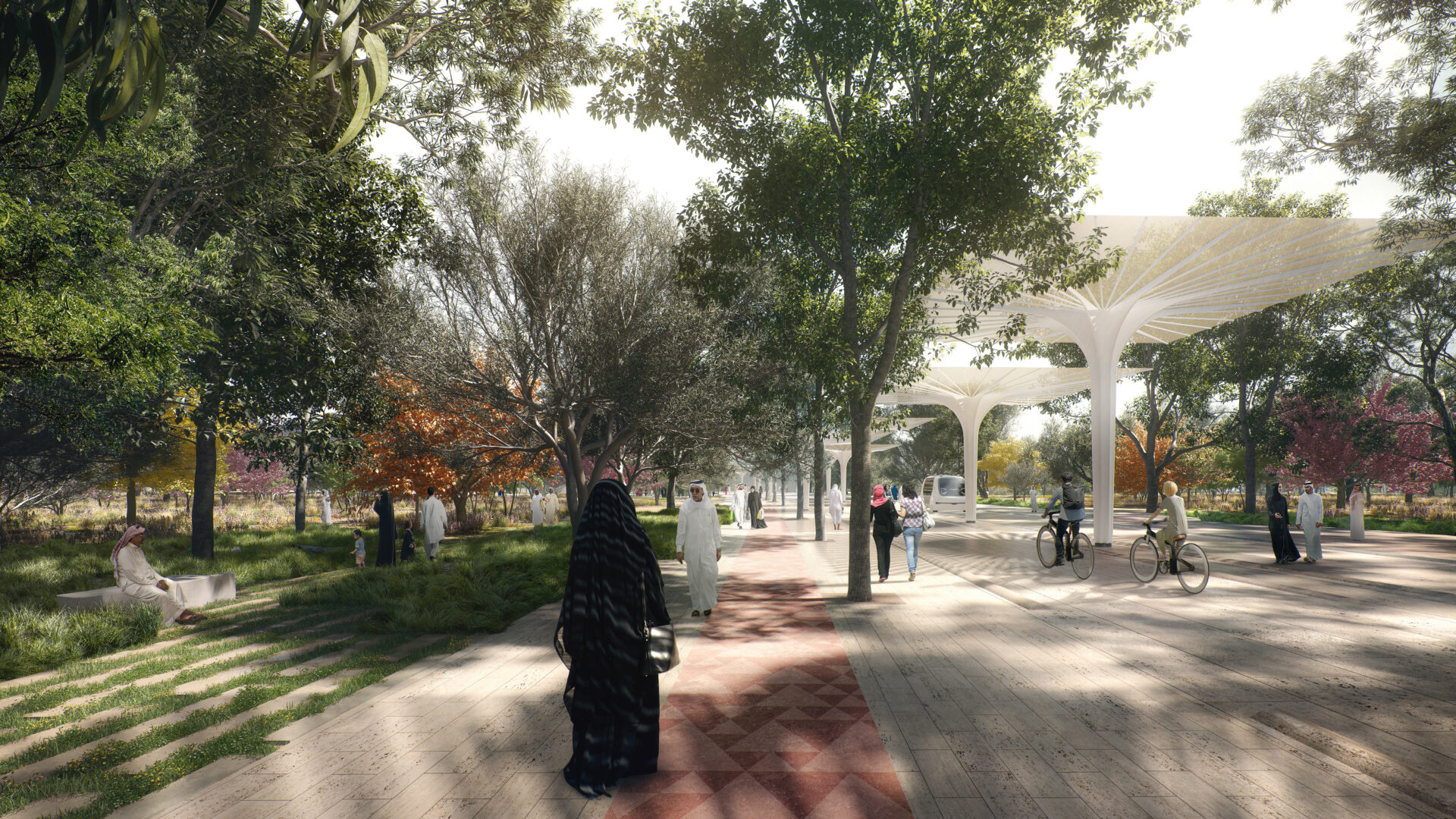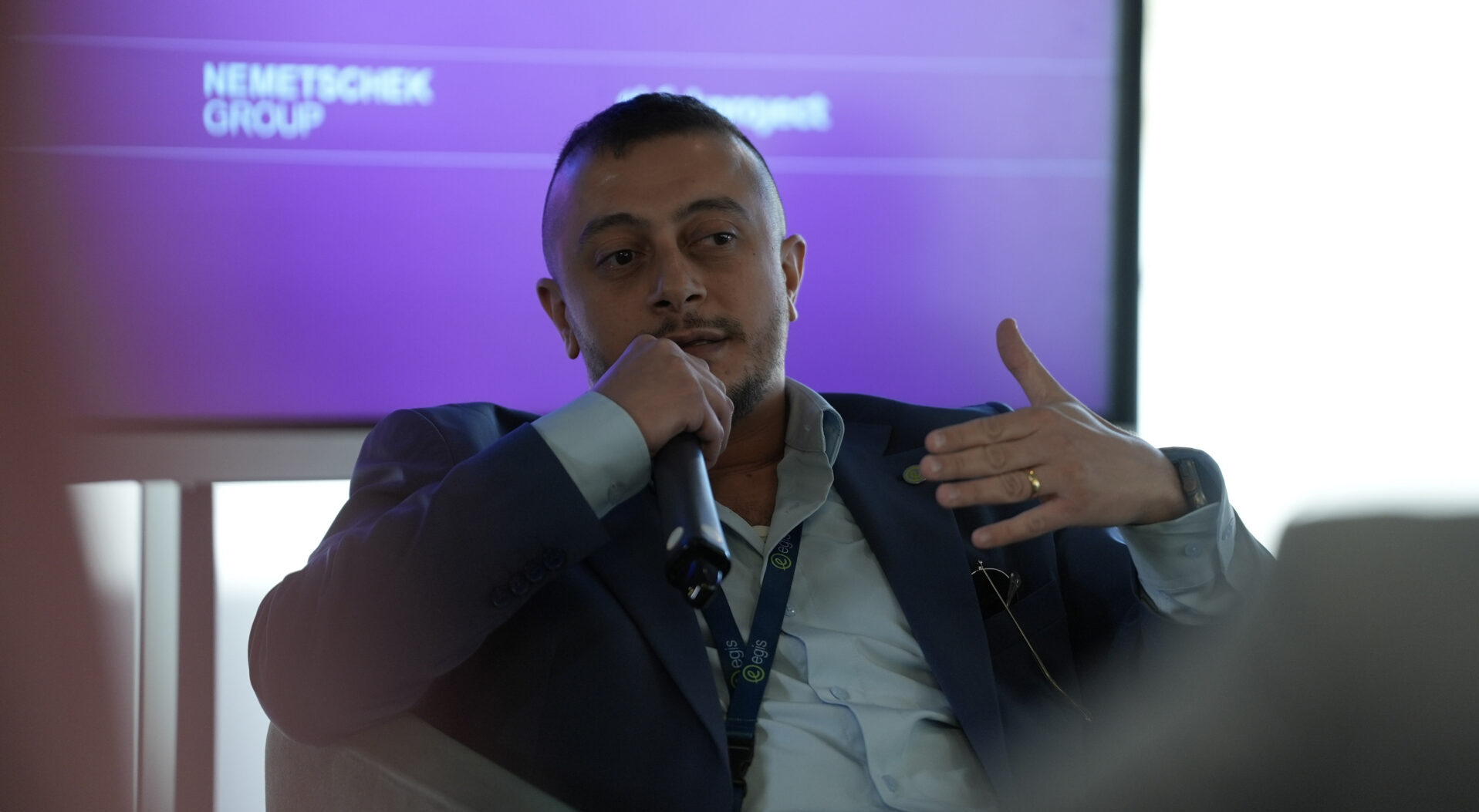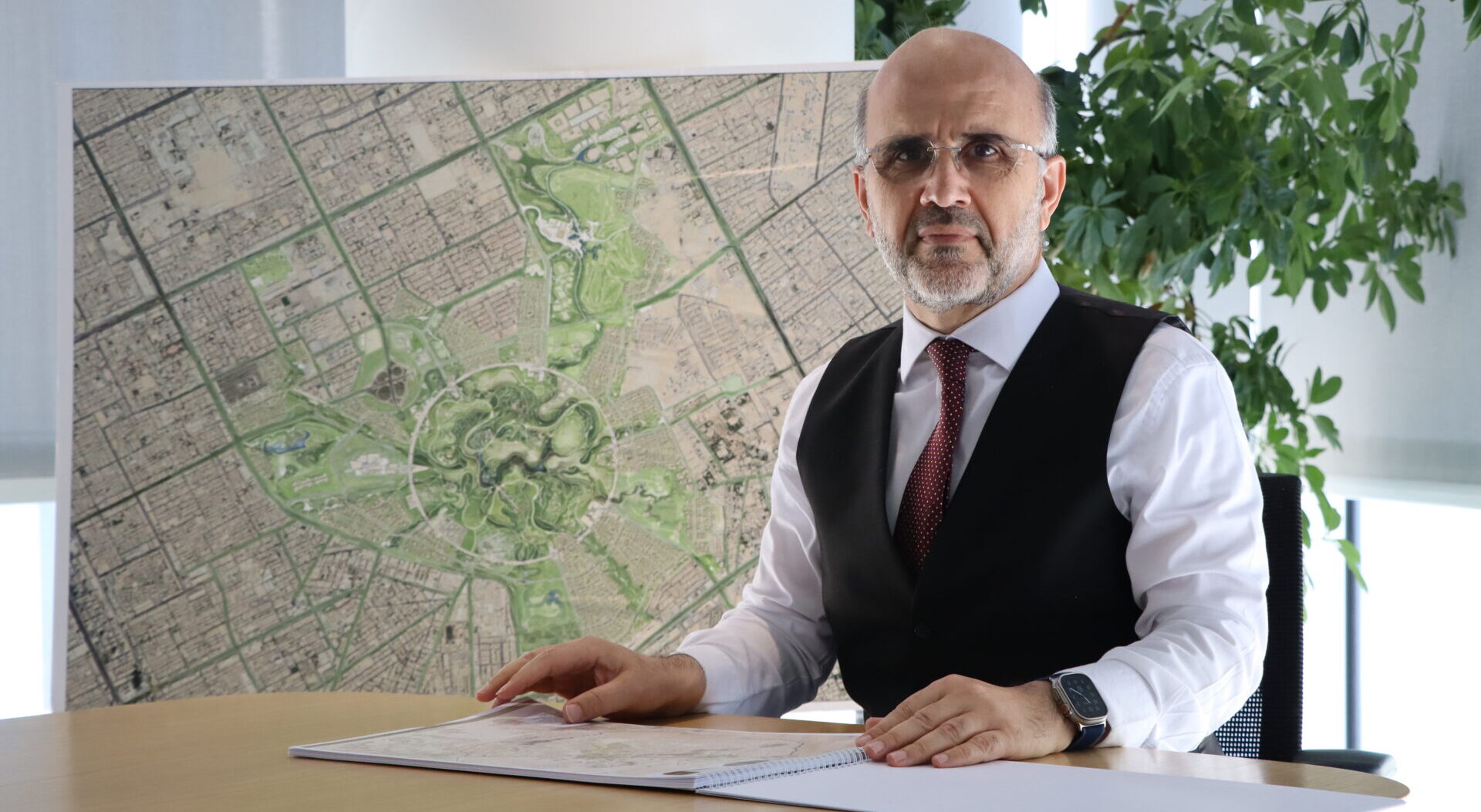
by Rukn Eldeen Mohammed, Special Projects Director at Omrania for Design Middle East
Introduction
Urbanism today is at a turning point. Around the world, cities are rethinking how we live, move, and interact, guided by the rising popularity of the “15-minute city” concept. But how do you translate that ideal into the unique context of Riyadh, where extreme heat, car dependency, and sprawling urban form dominate?
The answer lies in King Salman Park (KSP): the largest city park in the world and a transformative urban catalyst at the heart of the Saudi capital. More than a green space, KSP is a Saudi reinterpretation of the 15-minute city – one that redefines proximity, livability, and sustainability within a hot-arid environment.
A Saudi Evolution of the 15-Minute City
At its core, the 15-minute city promotes accessibility to daily life needs within a short walk or cycle. But Riyadh’s context demands an evolution of this model. At 16.9 square kilometers, King Salman Park fuses global best practices with Salmani design values and local climate intelligence.
The masterplan, led by Omrania and Henning Larsen, establishes a city-within-a-city: compact, mixed-use, ecologically grounded, and people-first. It replaces asphalt sprawl with shaded walkways, green loops, and vibrant communities.
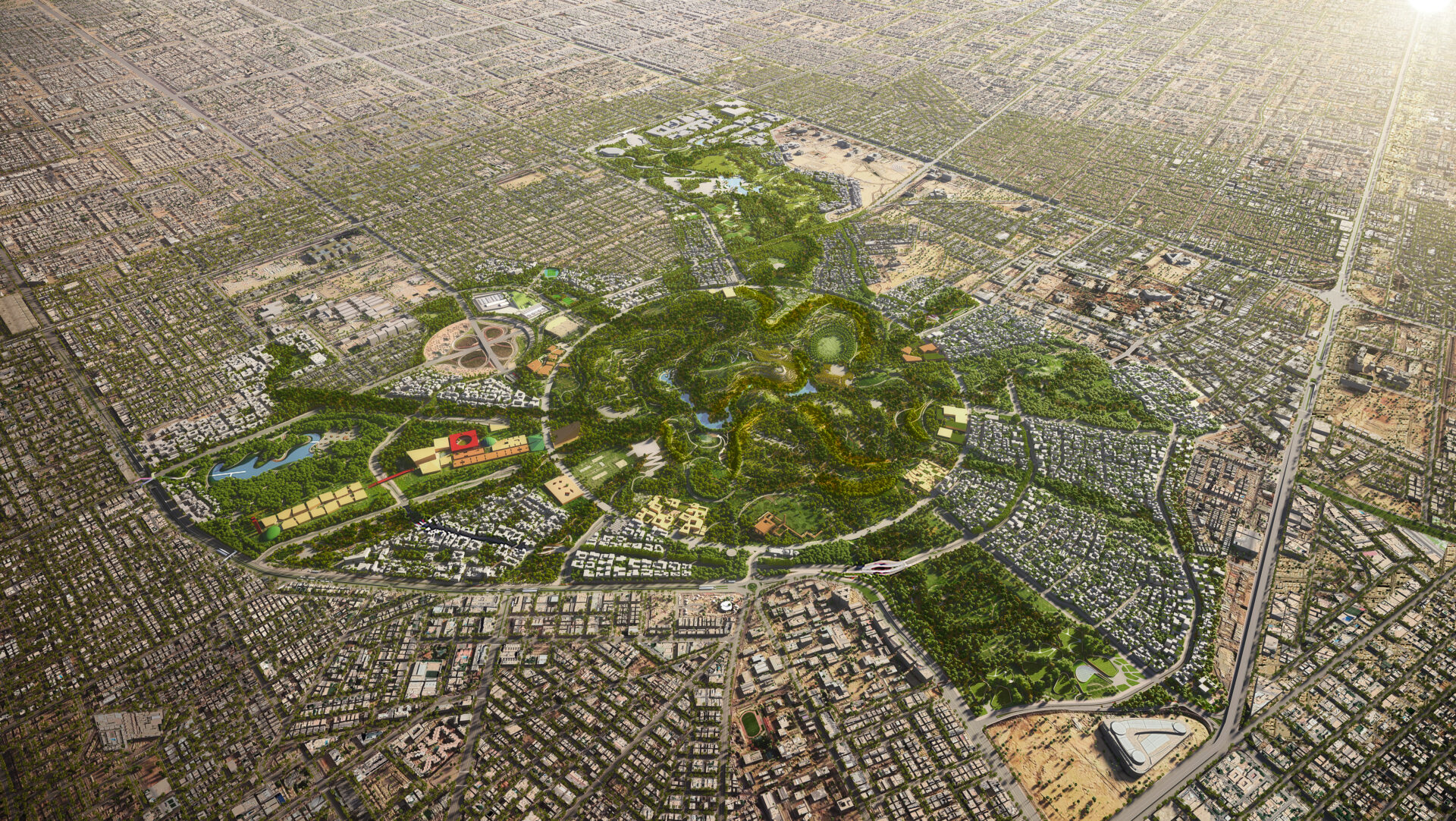
Rukn Eldeen states:
“We’re not importing an urban theory—we’re transforming it. The 15-minute city in Saudi Arabia must address the microclimate, mobility culture, and urban DNA of Riyadh.”
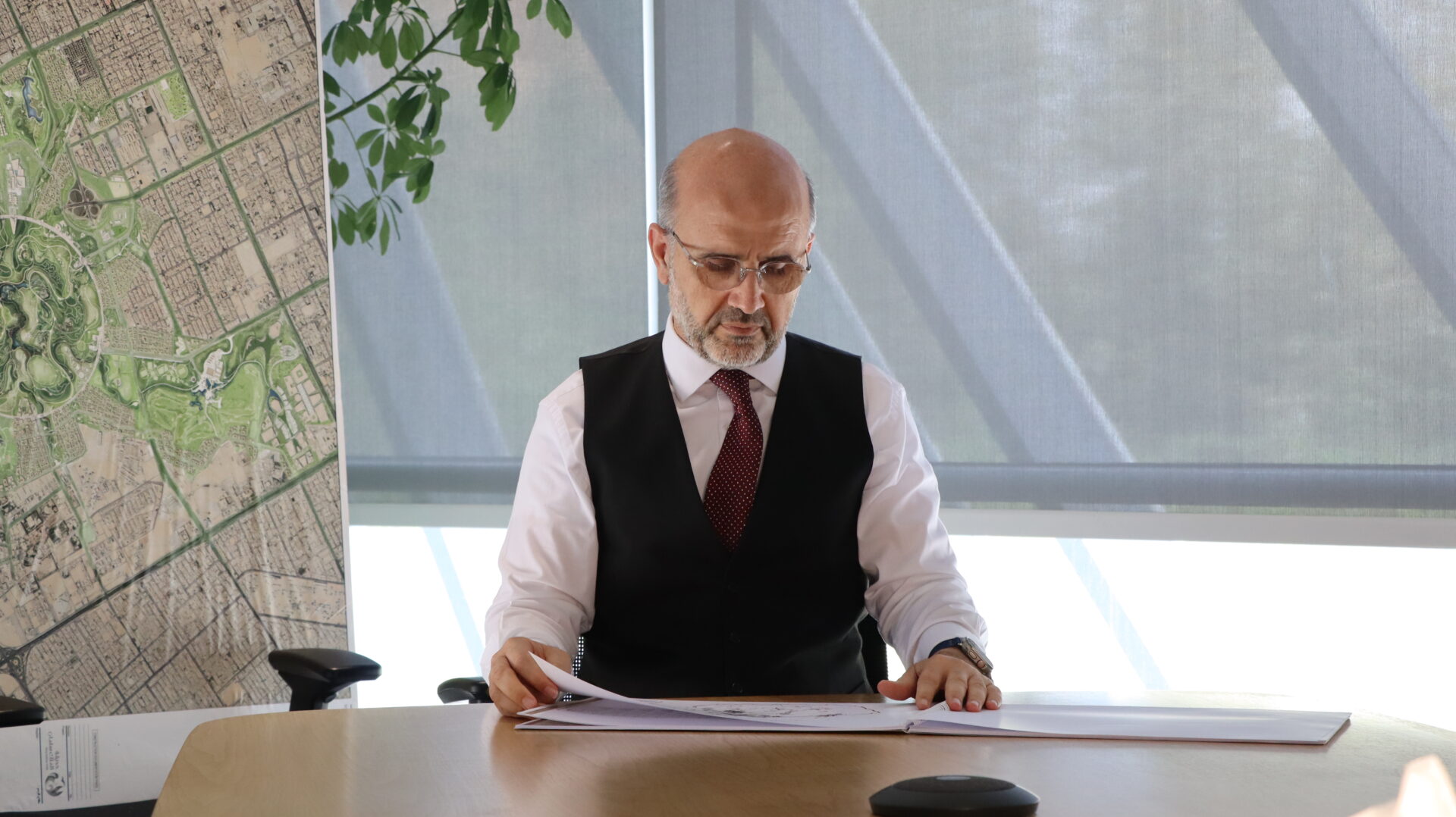
The Innovation Loop: Infrastructure for Urban Life
At the heart of the KSP concept is the 7.1 km Innovation Loop, an urban ring that defines the park’s structure and experience. The Loop supports autonomous vehicles, bicycles, micro-mobility, and shaded walking paths. It connects cultural assets, transport hubs, residential quarters, and the natural landscape into a seamless journey.
This loop is more than a transit route—it’s a microclimate engine, providing shade, cooling, and comfort through strategic wind corridors, green buffers, and water features. It enables every visitor to access major attractions and daily amenities within 15 minutes.
Integrated Urban Quarters: Human-Scaled, High-Impact
KSP is not a single-use park but a composition of nine urban quarters, each with distinct identities and programs. These quarters include:
- Mixed-use neighborhoods with residential, retail, and wellness facilities
- Transit-Oriented Developments (TOD)
- Cultural and educational districts
Each is designed with a dense but breathable street grid, shaded public realm, and finger parks that extend greenery deep into the urban fabric.
“Each quarter functions as a self-sustained community. We designed for granular walkability, not just city-scale icons. That’s the essence of the 15-minute experience.” – Rukn Eldeen
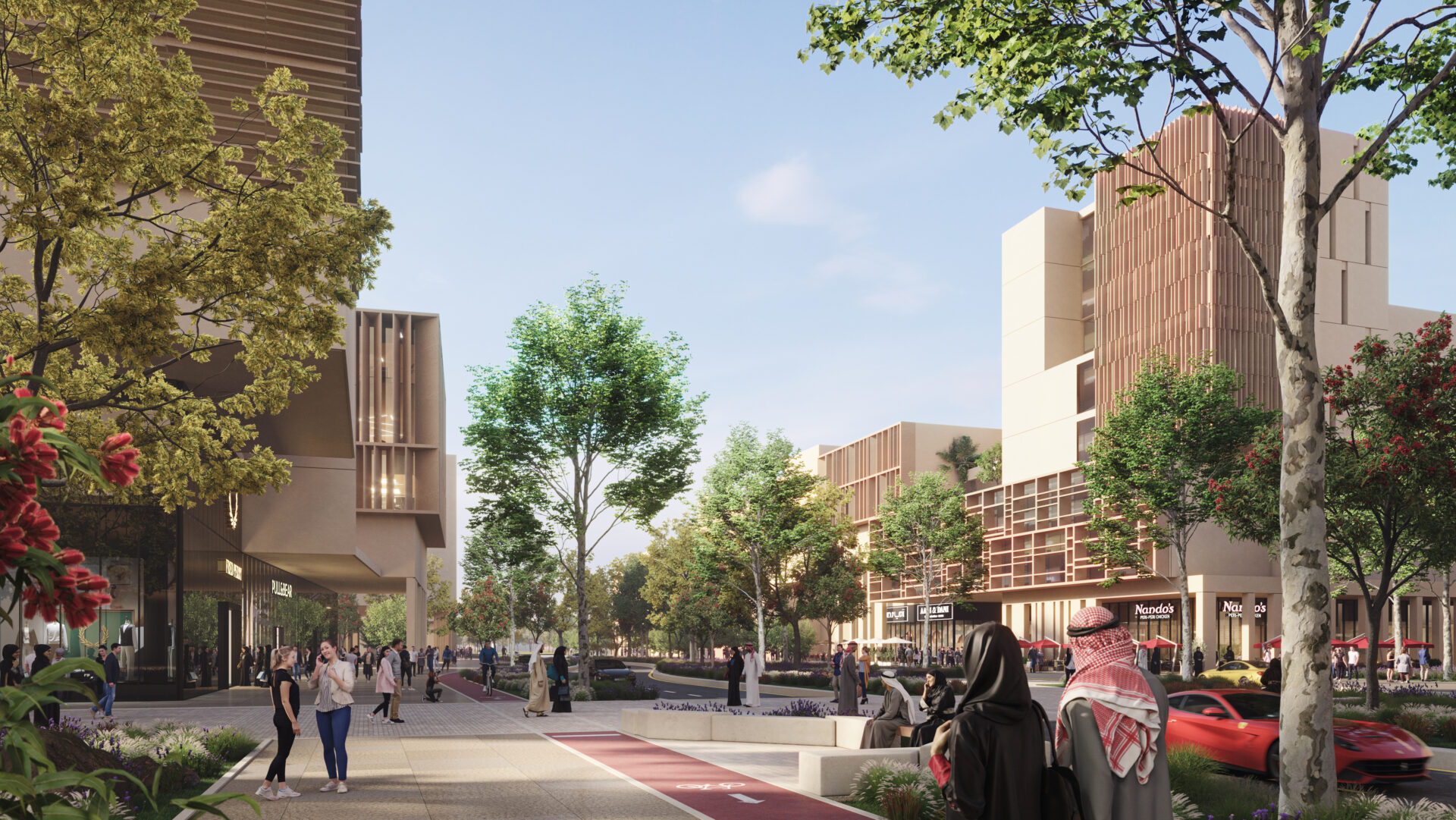
Climate-Conscious Urbanism
The masterplan directly addresses one of Riyadh’s greatest challenges: the harsh desert climate. Rather than see this as a constraint, we treated it as a design driver.
- Shaded arcades, water misting, and vegetation reduce radiant heat and improve thermal comfort.
- Orientation and built form are optimized to harness prevailing cool breezes and block hot northern winds.
- Light-colored materials and native planting contribute to passive cooling and lower maintenance.
This rigorous environmental strategy extends the comfortable outdoor season throughout the year—a game-changer for walkability in the Gulf region.
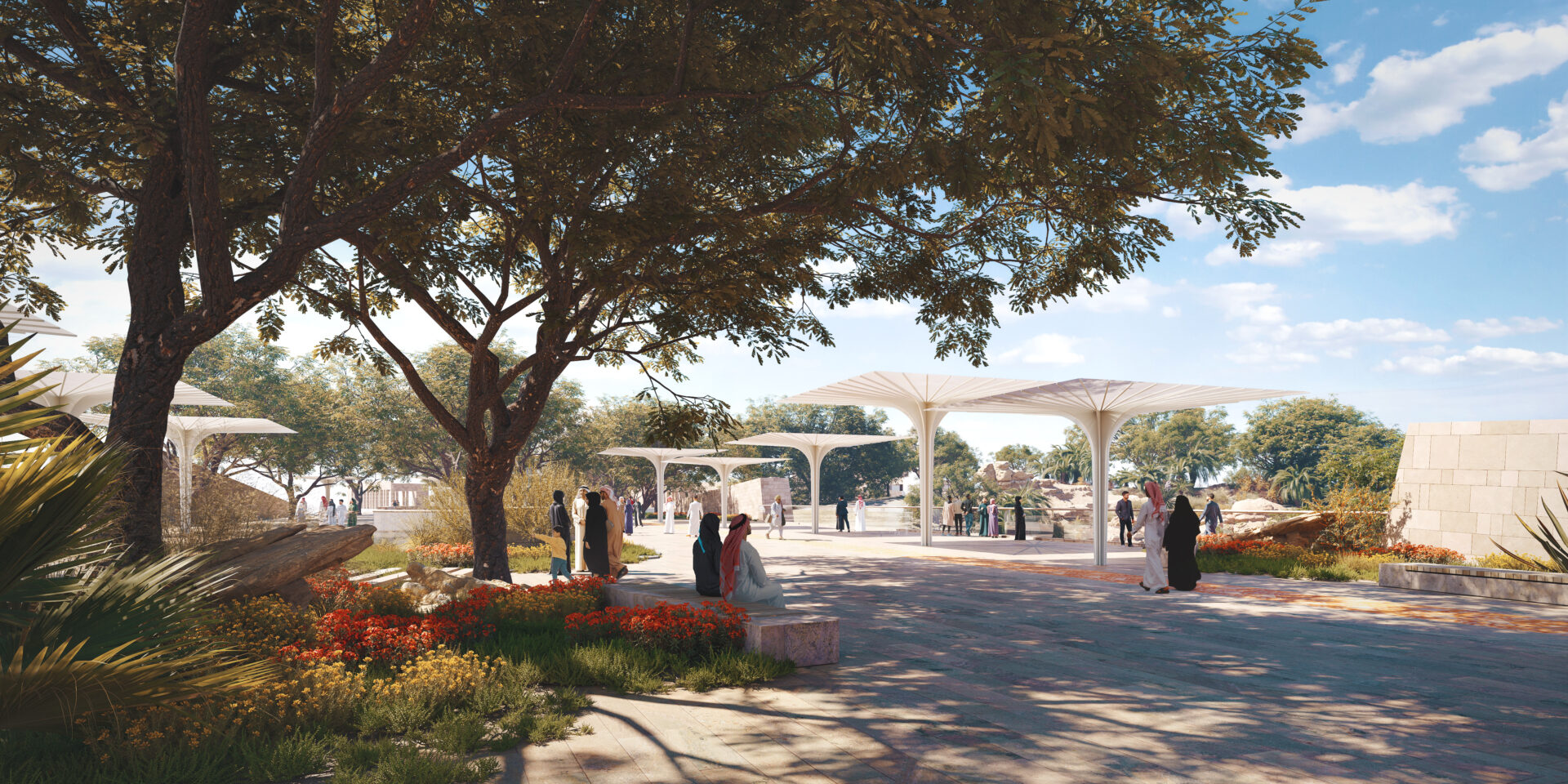
Mobility: From Independence to Integration
The 15-minute city isn’t anti-mobility—it’s pro-choice. In KSP, we ensured residents and visitors have diverse, safe, and sustainable mobility options:
- Integrated BRT and Metro lines
- Autonomous electric vehicles for last-mile travel
- Cycling networks and walkable streets across every quarter
- Smart mobility hubs with intuitive wayfinding and modal transfer
Mobility becomes inclusive, not exclusive, serving all ages and backgrounds without reliance on private cars.
“Mobility here is freedom, not just transport. When someone can walk to school, take an AV to a gallery, or bike to the souk without ever feeling discomfort or risk, we’ve achieved real livability,” says Rukn Eldeen
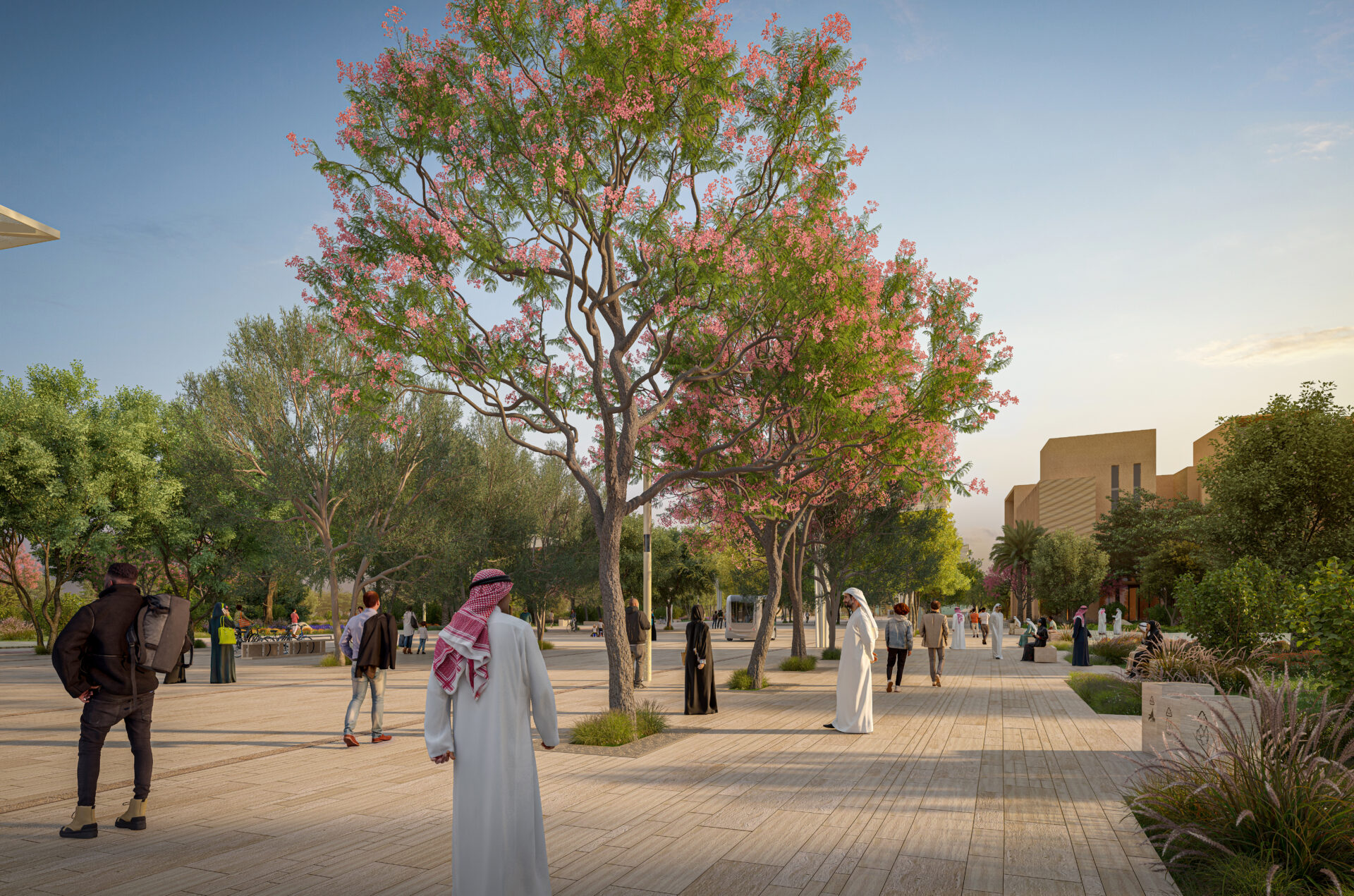
Culture, Health, and the Unexpected
KSP’s urbanism is not sterile—it’s layered with culture, creativity, and surprise. Across its landscape and built environment are 27 major cultural, educational, and recreational assets, including:
- Royal Art Complex and National Theater
- Museums for nature, design, and society
- Botanical gardens and sports assets
- Entertainment zones, festivals, and open-air cinemas
These destinations aren’t isolated—they’re embedded into daily life, connected by plazas, alleys, and event spaces. Whether it’s morning meditation in a wadi park or evening storytelling in a community square, the city becomes an active canvas of experience.
Ecological Urban Infrastructure
King Salman Park is also a climate mitigation asset. Designed as a “green lung” for Riyadh, it supports the Saudi Green Initiative and Vision 2030 by:
- Storing carbon and purifying air
- Capturing and slowing stormwater runoff
- Providing habitat continuity for regional biodiversity
- Reducing the city’s heat island effect
By framing ecology as infrastructure, KSP transforms urban resilience into a visible and livable amenity.
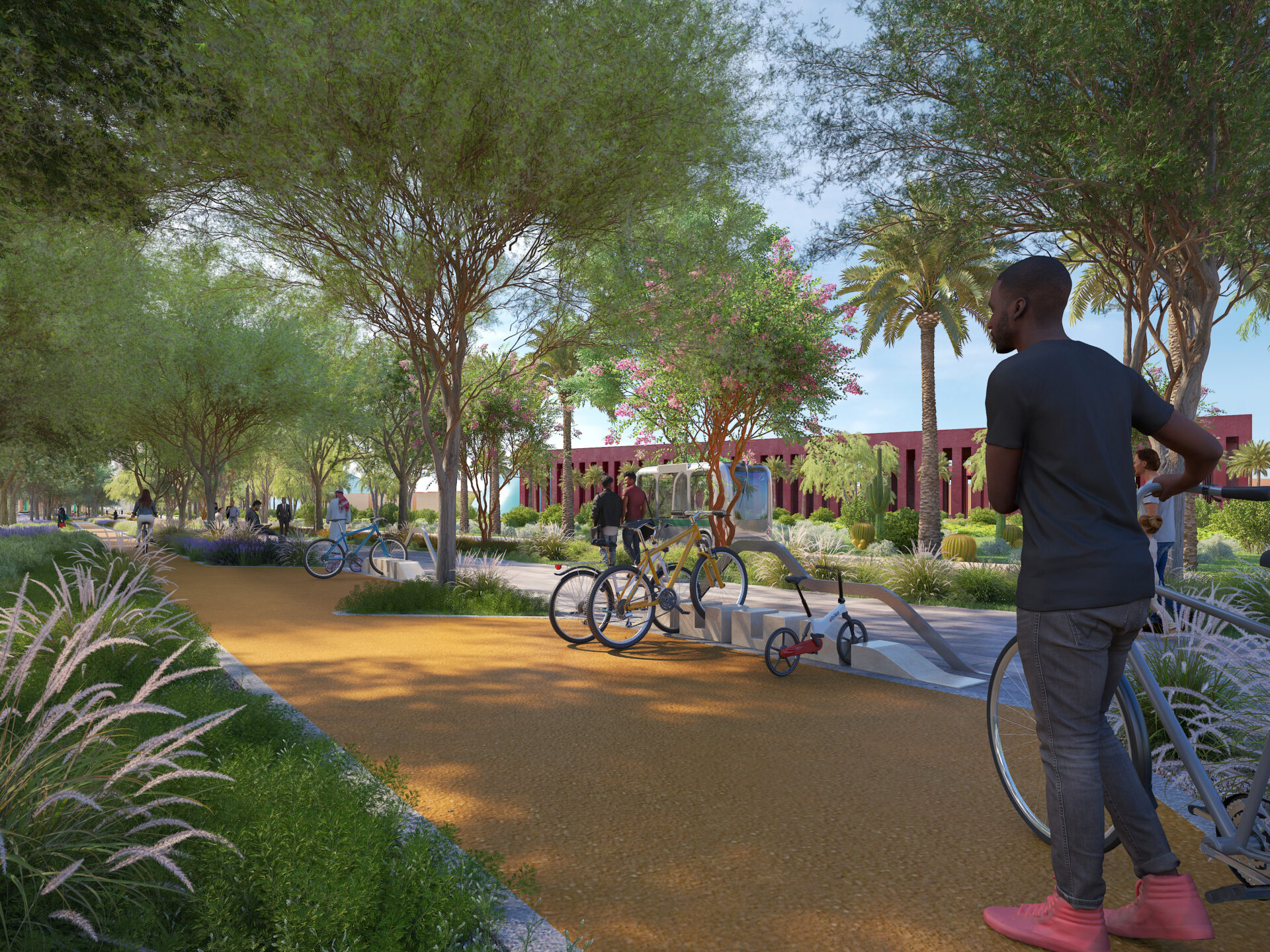
Lessons for Future Cities
KSP is not only a park. It is a blueprint for the future of Riyadh and other Saudi cities. As we expand the edges of our cities and rethink older urban centers, the lessons from King Salman Park are clear:
- Design around people, not vehicles
- Address climate not with avoidance, but with innovation
- Embed culture, not just function, into everyday experience
- Make proximity the default, not the exception
Conclusion
The 15-minute city, Saudi-style, is not an imported model—it’s an indigenous reinvention. King Salman Park offers a case study in how to localize global urban aspirations, guided by climate, culture, and ambition.
It shows us that proximity is not just about distance, but about dignity, comfort, and the joy of being close to what matters.
